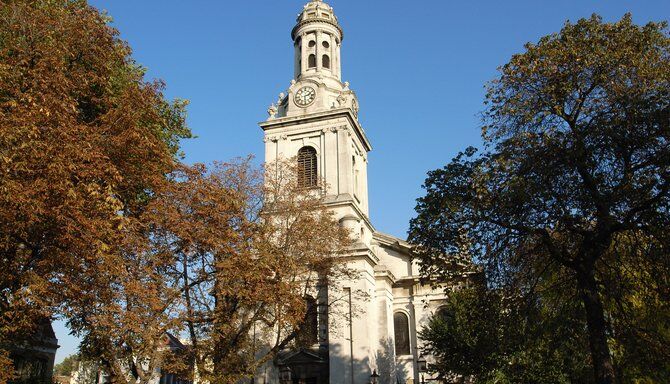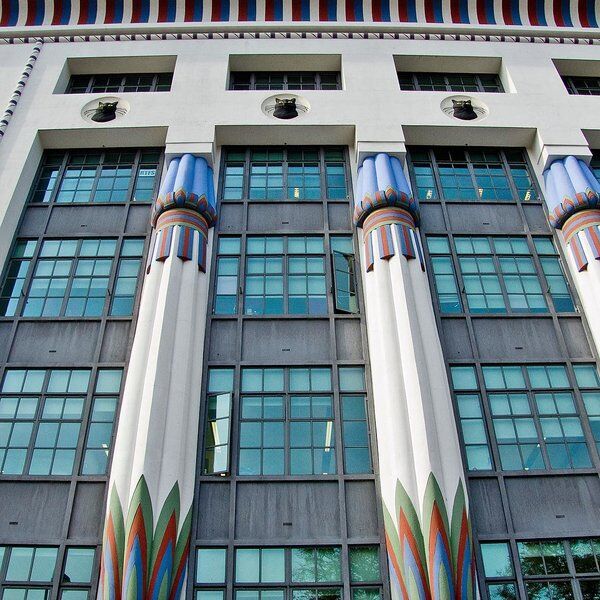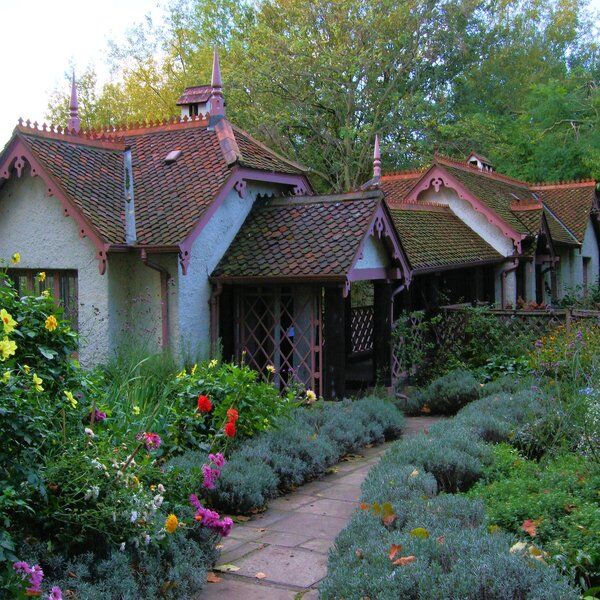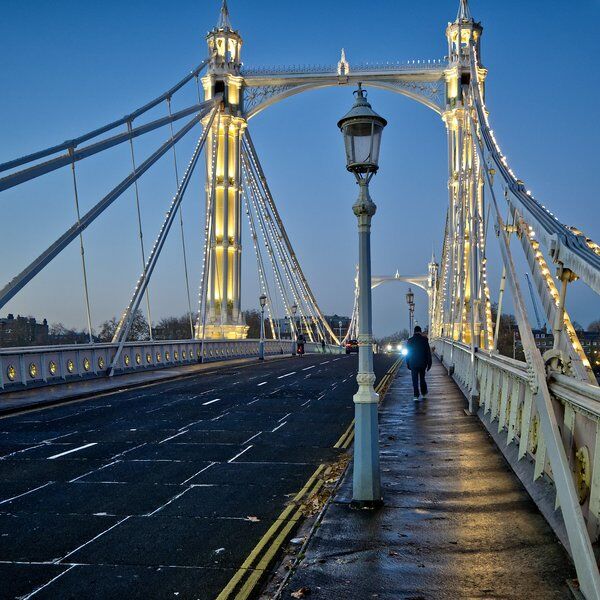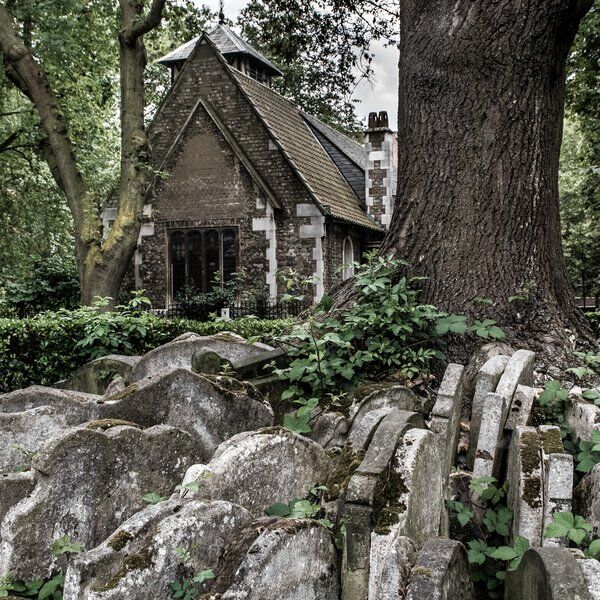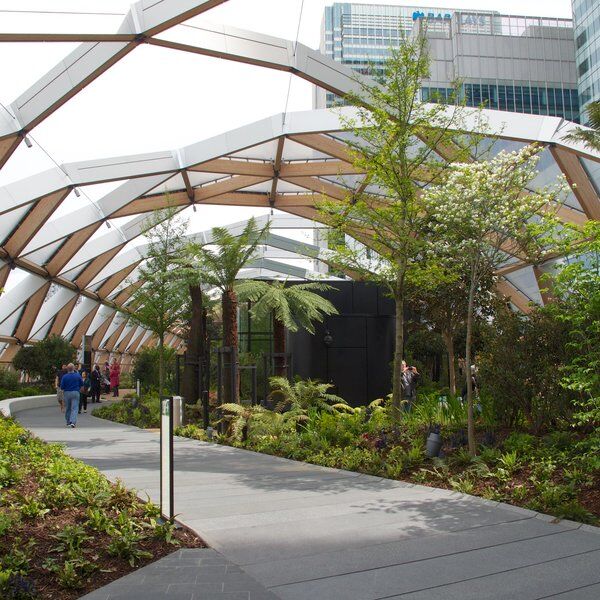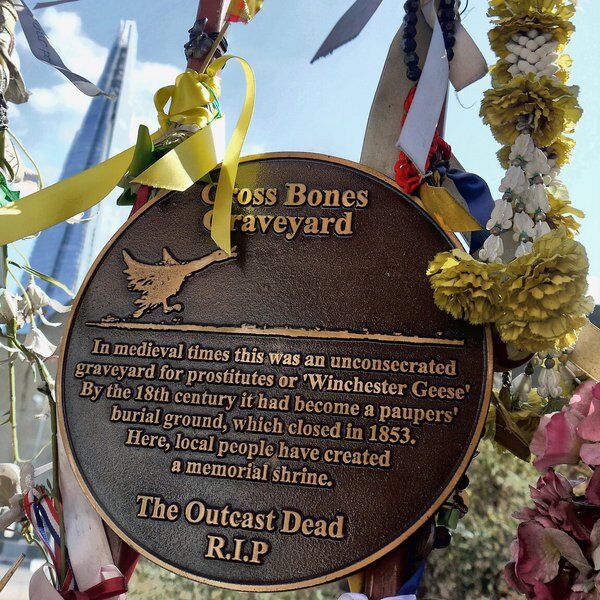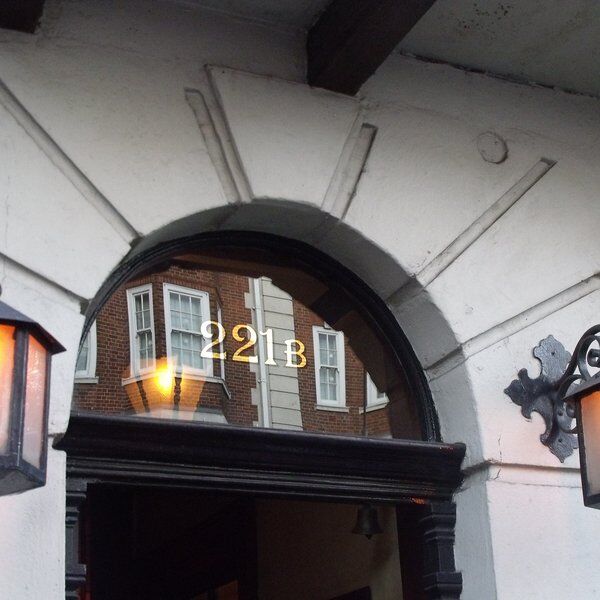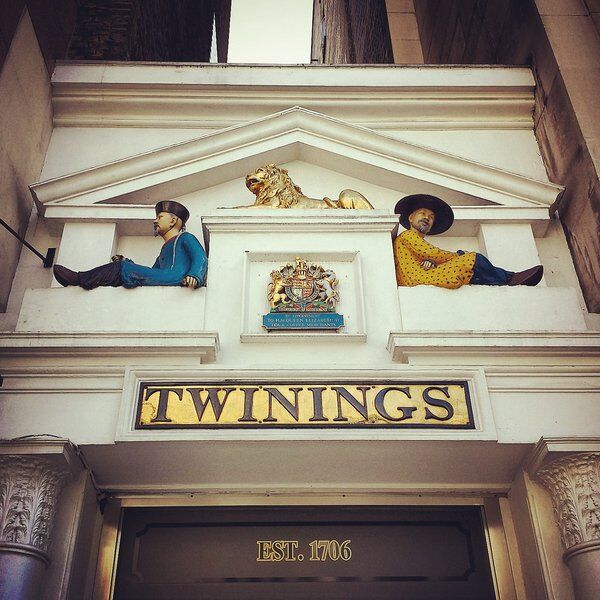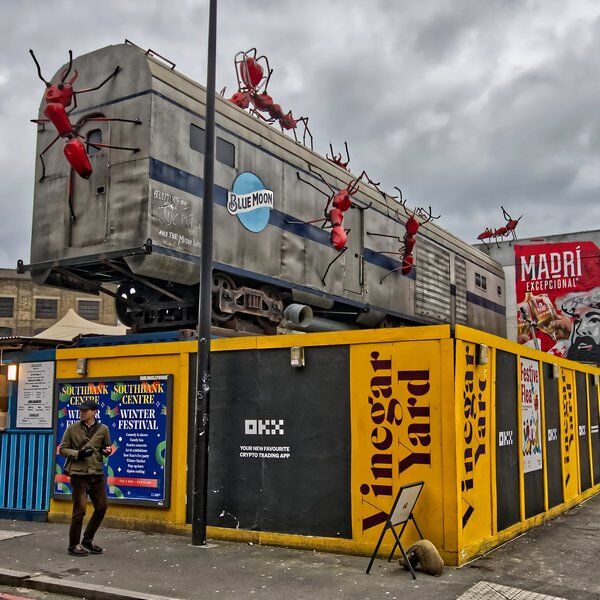Take a stroll along the Greenwich High Road and you’ll find yourself looking at a commanding Baroque façade that conceals one of London’s most remarkable testaments to faith, resilience and architectural brilliance: St Alfege Church.
Looking at it from the pavement, you’d have no idea that the sacred site in front of you has been a place of Christian worship for over one thousand years, but that is very much the case.
It was on this spot (or, near enough) where St Alfege, the Archbishop of Canterbury, was martyred by Viking raiders in 1012. Yes, this spot has a longer heritage than even the Tower of London!
But, I hear you ask, how could this building possibly be that old? The design looks far too modern and…didn’t you call it Baroque? You’re right on both counts. The current building itself is much younger than the land it stands on, but that doesn’t make it any less significant.
Inside, St Alfege Church invites visitors to experience a tranquil, tantalising piece of time travel. Sunlight filters through tall arched windows, one of which depicts an often-forgotten Tudor princess, and illuminates memorials dedicated to keystones of English and British history: sailors, statesmen, musicians and more.
Come with us as we explore the origins of this fascinating church and reveal its many hidden secrets, including a Tudor marriage scandal…
Who Was St Alfege?
Before we take a step behind those magnificent front doors, let’s address the elephant in the room: who is St Alfege Church named after?
It won’t have escaped your attention that “Alfege” isn’t a name you hear often these days (or, for about 1000 years, actually). Alfege was born in Somerset near Bath, southwest England (then the Kingdom of Wessex) around 953 CE. He would probably have spelt his name “Ælfheah” but that is difficult to type (and pronounce!) so we’ll stick to Alfege here.
Alfege devoted his life to the Church and became known for his humility, compassion and fierce commitment to serving the poor. His journey from a humble monk to abbot, to Archbishop reflected not ambition, but devotion, a deep conviction that faith should stand firm even in times of terror and political upheaval…as he would prove later in his life.
During Alfege’s time, England was divided into kingdoms, ruled by different kings with very different ideologies and religions. Wessex, an Anglo-Saxon Kingdom, was Christianised around 635 CE, but not all of England, let alone Europe, had yet been converted. One such group were the Vikings.
In the spring of 1012, Viking raiders descended upon England, Alfege was captured during their attacks on Canterbury and held for ransom. Refusing to allow the people to pay for his release, he could not, he said, “burden the poor with his freedom”, Alfege was brought to Greenwich, then a small riverside settlement. There, he was martyred after refusing his captors’ demands, beaten to death in an act of both brutality and reverence.
However, Alfege’s death didn’t put an end to his existence. On the contrary, the site of his death became sacred ground. The first church dedicated to him was likely built soon after, making St Alfege Church one of the oldest known Christian sites in London.
For centuries, medieval pilgrims flocked to St Alfege Church, a place of worship and a shrine to a man who showed unwavering courage and faith.
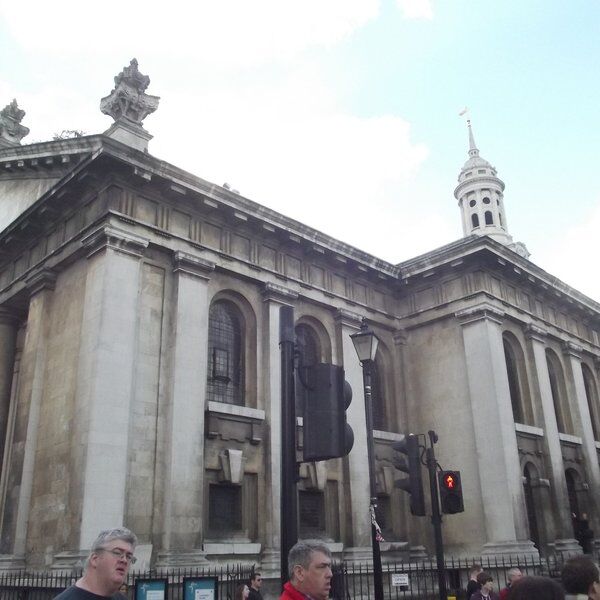
The Early St Alfege Church: From Saxon Origins to Norman Rebuilding
As we said, the earliest church dedicated to St Alfege stood on this site soon after his martyrdom in 1012, and in so doing, it put Greenwich on the map as a place of religious pilgrimage and reverence.
Unfortunately, next to nothing remains of the first Saxon structure, because even by the time the Normans came along, the original chapel had already weathered both time and subsequent invasion.
As was their wont, the Normans rebuilt the chapel in stone, a more permanent material to reflect the steadfast faith of its parishioners.
Medieval records suggest the church was already central to community life, where it served as a place of worship but also as a gathering space, school, and spiritual refuge for local families and sailors alike. It also had a central role in helping those most in need, as an article from the Kentish Times in 1934 tells us:
“He referred to the early days of the church, when the bishop had the immediate charge of all the poor, both healthy and sick, as also of widows, orphans and strangers. When the churches came to have revenues allotted to them, It was decreed that at least one-fourth part of these should go to the relief of the poor…”
--Kentish Independent - Friday 08 June 1934
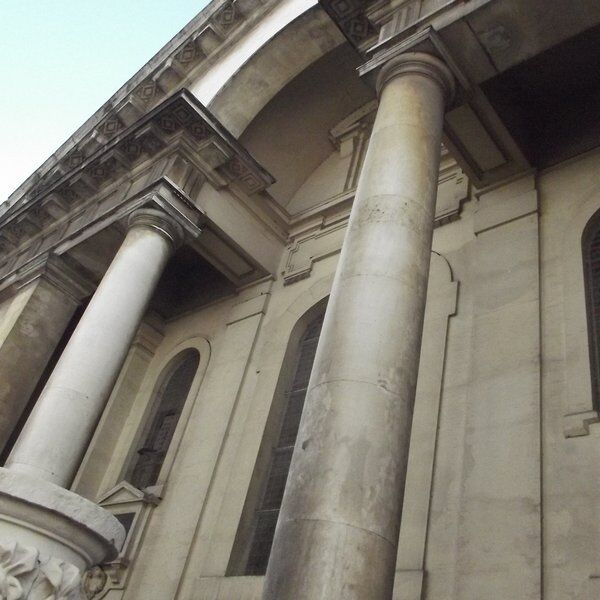
St Alfege Church and The Baroque Rebirth (1712–1718)
By the early 18th century, the medieval church of St Alfege was showing its age. Centuries of repairs had left it unstable, and in 1710, part of the roof collapsed. Perhaps we shouldn’t be surprised, by that stage, the stone chapel was already around 500 years old!
However, although a piece of Greenwich history had been lost, it turned out to be a catalyst for a magnificent rebirth.
The new design was entrusted to Nicholas Hawksmoor, who was then one of Britain’s greatest architects and a leading figure of the English Baroque movement.
Completed between 1712 and 1718, Hawksmoor’s version of St Alfege Church was destined to be a masterpiece. Everything about it exudes grandeur, from the west façade with towering Corinthian columns to the sculpted pediment that evokes both power and grace. Above it rises the distinctive square tower, a classic Hawksmoor signature.
But inside is where you really see Hawksmoor’s genius. The high, vaulted ceiling and clear, round-headed windows fill the space with natural illumination. The rectangular nave is supported by wonderful Tuscan columns.
A Stained Glass Window Depicting a Tudor Scandal
If you look carefully at one of the windows inside St Alfege Church, you’ll catch a glimpse of what was one of Tudor England’s most romantic scandals: the marriage of Mary Tudor, sister of King Henry VIII, to her dashing (but forbidden) suitor Charles Brandon, Duke of Suffolk, in 1515.
Charles Brandon was something of a favourite at Henry’s court, and (scandalously), he first met Mary when she was the young bride of none other than King Louis XII of France. The French king died a few months later, and Brandon was sent to France to bring Mary back “home” to English soil. But…he did a bit more than that.
Before leaving, Brandon actually swore to Henry VIII that he wouldn’t propose to Mary (that’s some foreshadowing, if we ever saw it) but Mary managed to convince him otherwise. The two got hitched in Paris at the Hôtel de Cluny, with only ten witnesses, including the new French king himself, Francis I, who seems to have rather enjoyed the scandal!
Henry VIII was absolutely furious. Naturally, being Henry, his thoughts leapt from imprisonment to execution quicker than you can say “the Tower of London”, but the quick diplomacy of Cardinal Wolsey avoided that grisly situation. The pair copped a hefty fine and a royal scolding, and they were given permission to publicly marry at Greenwich Hall, just a stone’s throw away from St Alfege Church.
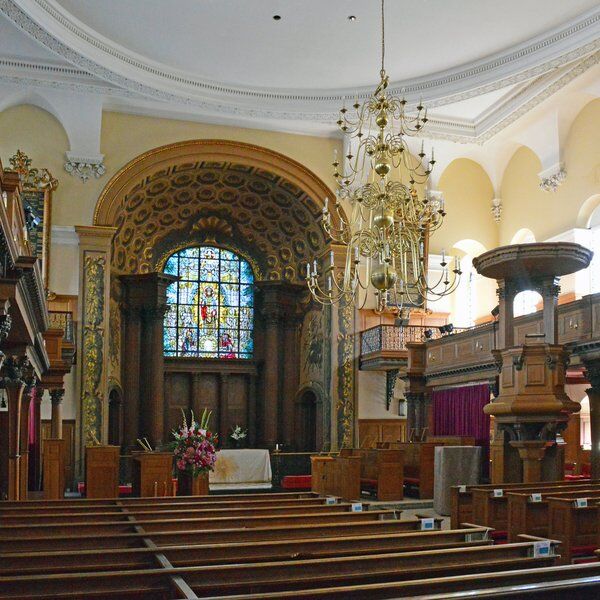
Visitor Information
If you fancy popping over to see St Alfege Church in person, you’ll be pleased to hear that getting there is refreshingly easy.
How to Get There
The church is located on Greenwich Church Street, SE10 9BJ, right in the centre of the town.
- By train: Regular services run from London Bridge to Greenwich Station, taking just 10 minutes. From there, it’s a short five-minute walk.
- By DLR: Hop on the Docklands Light Railway and alight at Cutty Sark for Maritime Greenwich (the church is visible from the station exit).
- By boat: For a scenic route, take the Thames Clipper riverboat to Greenwich Pier. From the pier, stroll past the Cutty Sark and up to the church in under five minutes.
- By foot or cycle: Greenwich is a pedestrian-friendly area with riverside paths and cycling routes linking it to nearby Deptford and Blackheath.
Find More Things to Do in London with CityDays

Whatever your interests are, there’s always something new for you to discover in London.
In fact, you don’t have to go out of your way at all to find them - you just have to know where to look.
Discover London’s secret sights and noteworthy nooks by playing one of our London treasure and scavenger hunts, food experiences, escape room games or walking tours.
Looking to provide the best team building activities in London? Look no further.
You’ll find curated trails and hunts all over London, including Greenwich, Central London, Mayfair, Shoreditch, Kensington and Southwark.
All you have to do is team up with your partner, friends, family or whoever to solve riddles, complete challenges and answer trivia to lead you on an unforgettable journey around London’s most intriguing streets.
